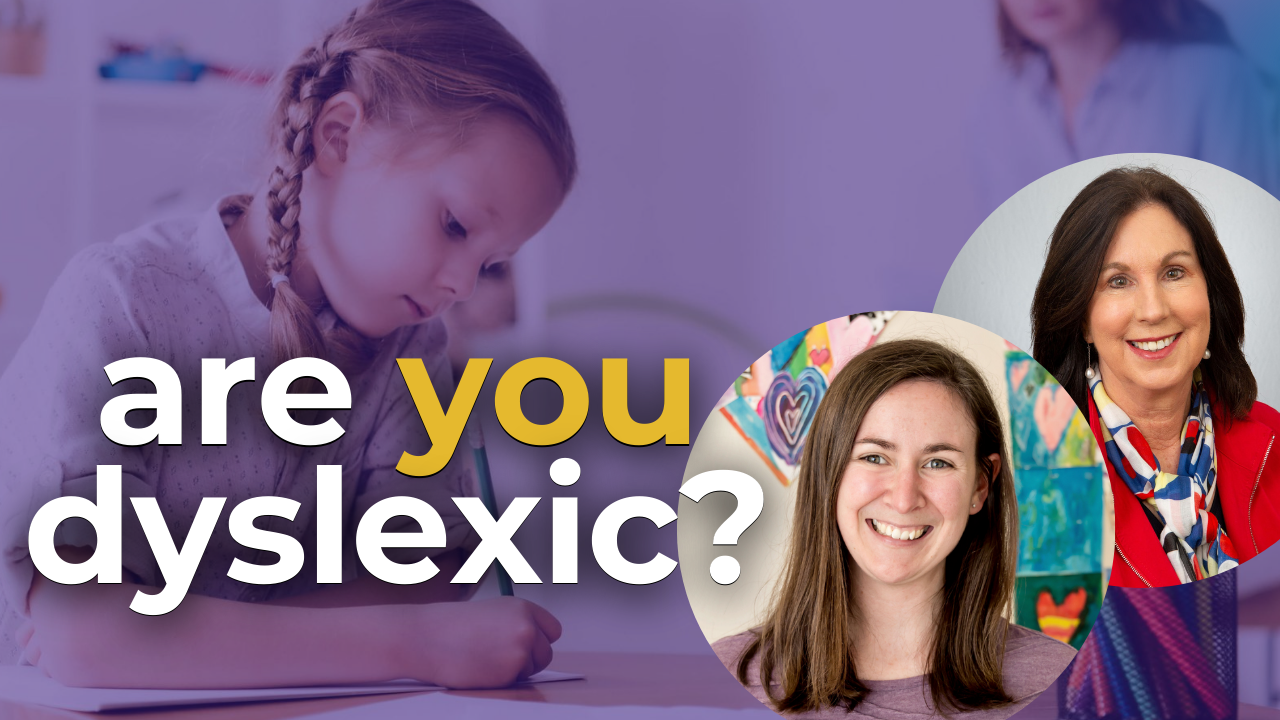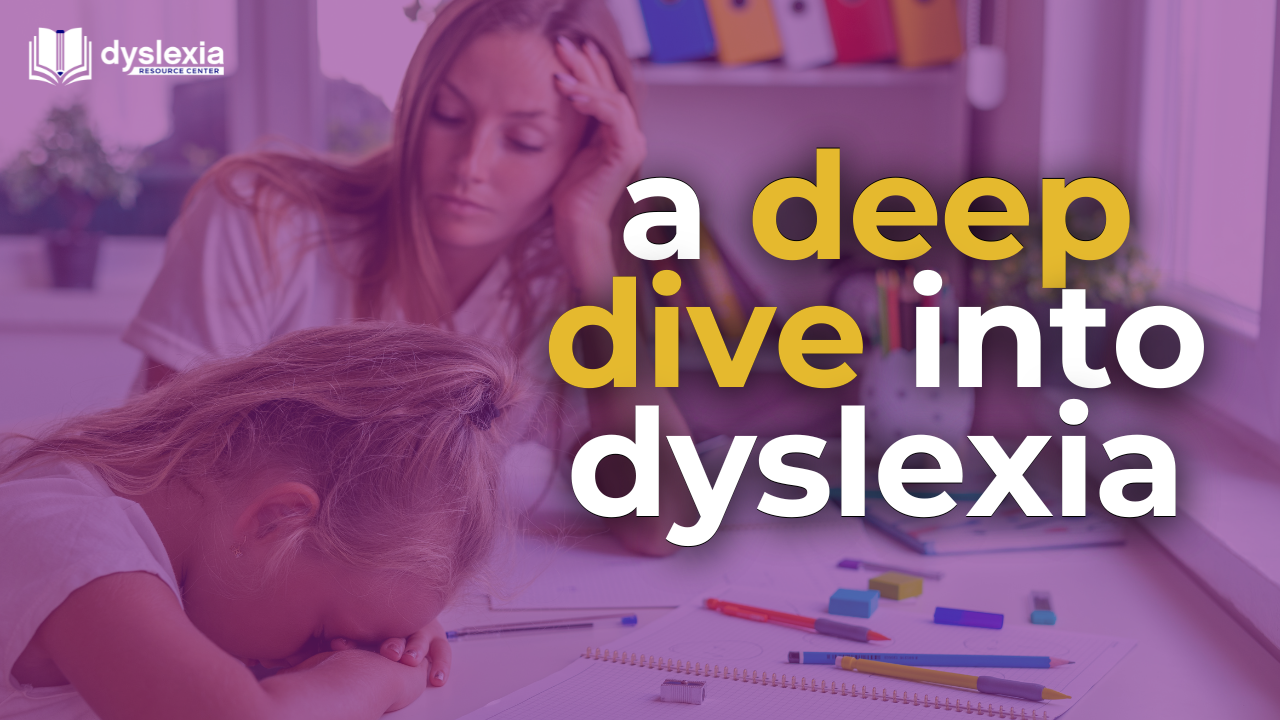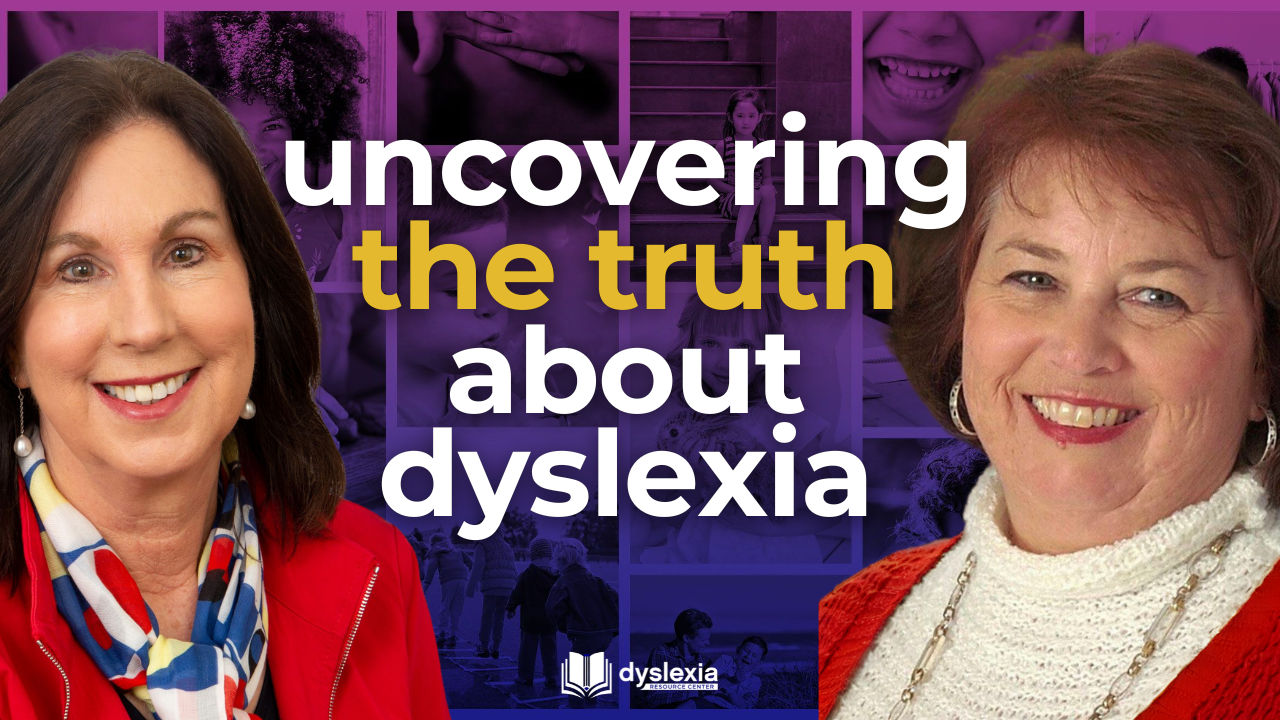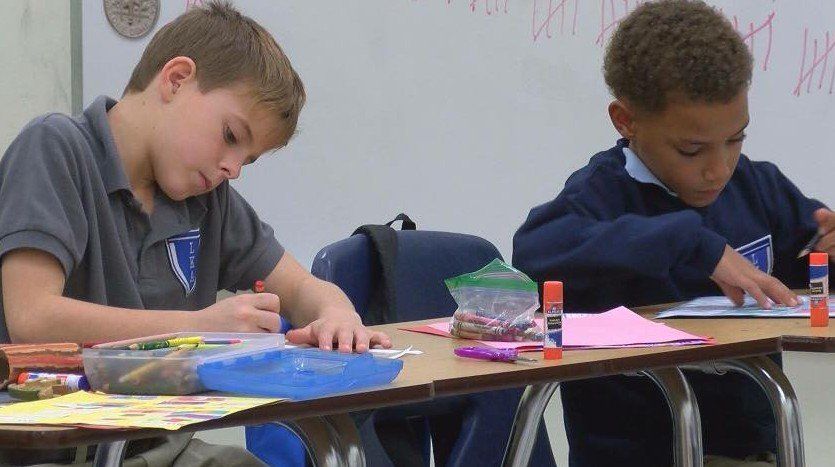Call Us (225) 384-5484
Personalized Learning For Children With Dyslexia
Yes, look at Louisiana Key Academy.

There is a lot of enthusiasm for personalized learning. The definition varies but the theme is “understanding a child’s strengths and weaknesses”. It is also designed to meet the child’s special needs and includes the curriculum, student grouping, quality of teachers, goals and data tracking.
Personalized learning for dyslexic students does not look like a child with autism or Down Syndrome or any other disability, as each has their individual needs. It would be a disservice to all of these children. Therefore, I believe that the term, Personalized Learning for Disabilities, is of no value and causes confusion. 80 to 90% of students with a learning disability have dyslexia. So, use the name dyslexia and give these students the personalized learning they need.
Personalized Learning for dyslexics would address their phonologic weakness which can impact reading, speaking, writing, spelling and math. The goal is for them to become fluent readers. The teachers must understand that for these children “to learn to read, the child has to develop the unconscious awareness that spoken words can be pulled apart into the elemental particles of speech (i.e., phonemes) and that the letters in a written word represent these sounds,” (Dr. Sally Shaywitz). It is this understanding that will help the teacher to really grasp the reason the child struggles with not only reading but also spelling and in many cases, speaking, writing and/or math.
If a teacher sees these struggles or labels these, as different “processes”, time and resources will be wasted. These dyslexic children don’t need adaptive PE or OT for handwriting. They need teachers that understand dyslexia. They need placement in a curriculum based on current scientific evidence and the National Reading Panel recommendations, including instruction in small groups of six or less with other dyslexic children that are in the same place in the language curriculum. Their teachers should include speech language pathologists who are trained in/and instruct in the curriculum so all speech and language instruction is integrated. Instruction in structured language arts must be ninety minutes daily. Daily math instruction must be delivered, again by a teacher that understands dyslexia and its impact on math including the large language component of math.
Since, dyslexia is an isolated defect we know that their ability to think critically and reason is average to above average. They need opportunities to showcase their ability to think and reason and to express themselves creatively. There are many famous dyslexics in the movie industry, in the computer industry, in law, and engineering. Classes and activities should be offered to develop these strengths.
Data tracking should follow their phonemic weakness (and fluency) and improvements with the appropriate instruction. Reading comprehension follows fluency. Standardized test, tests their disability, and not their abilities and must be given with extra time and text to voice accommodations if needed.
Personalized Learning for children with dyslexia can be great, if it looks like LKA!





Quick Links
What is Dyslexia?
Dyslexia Services
WHO WE ARE?
The Dyslexia Resource Center was started by a group of concerned parents, medical doctors, and advocates who simply want everyone to know the truth about dyslexia, based on the most current science, and how that knowledge can translate into success in the classroom.
WHAT IS DYSLEXIA?
An unexpected difficulty in reading for an individual who has the intelligence to be a much better reader.
All Rights Reserved | Dyslexia Resource Center






